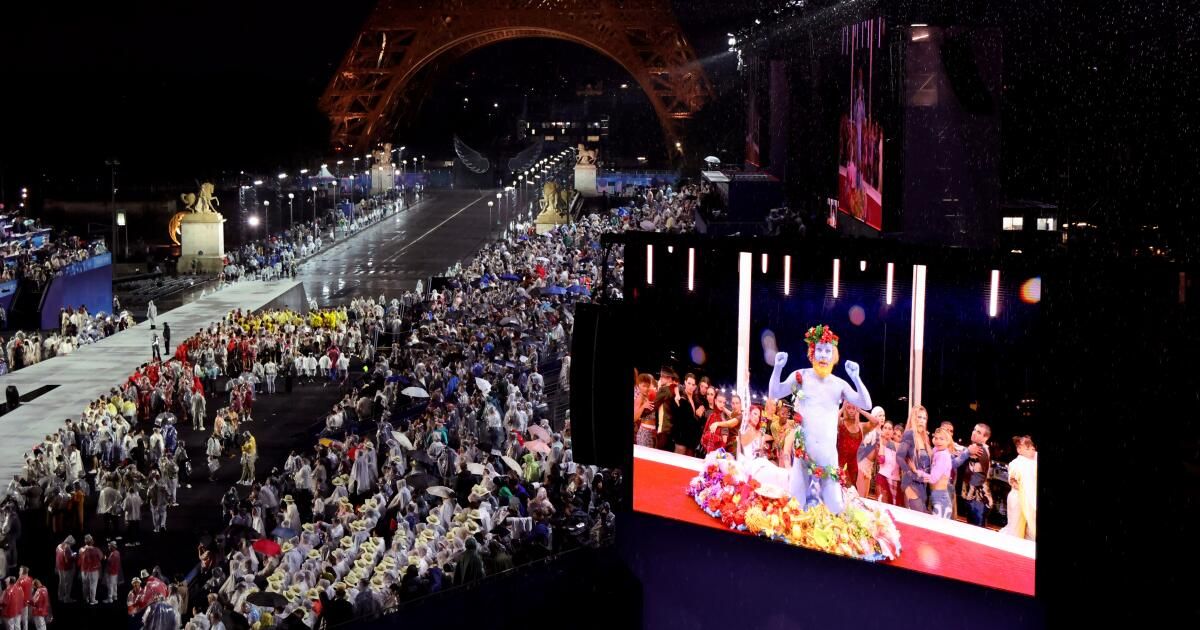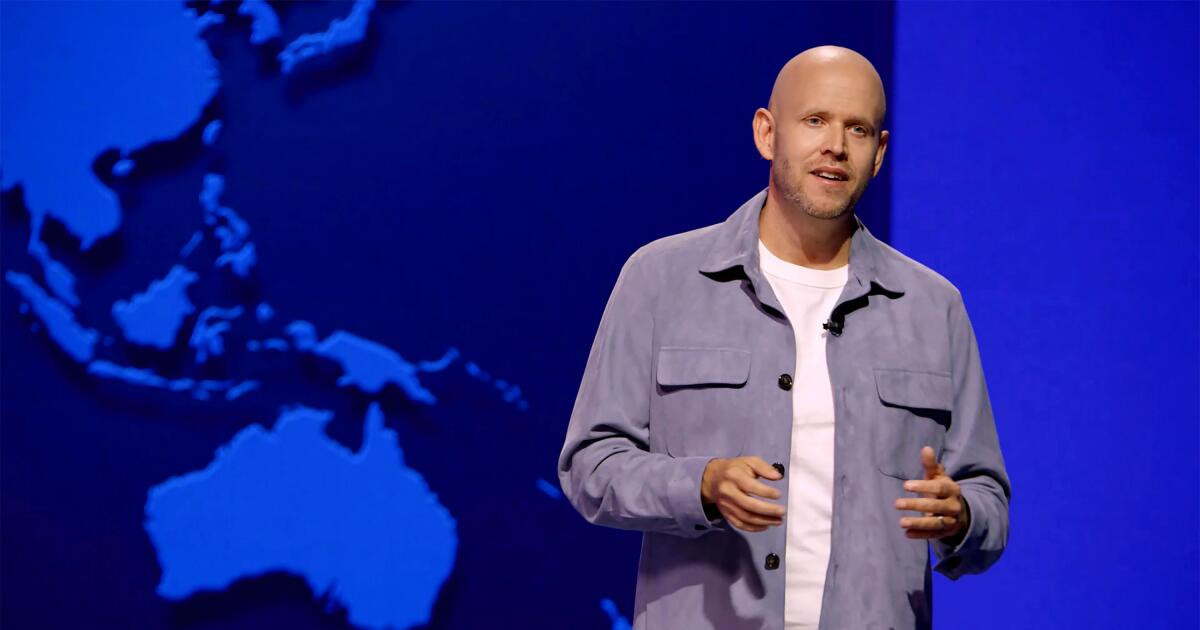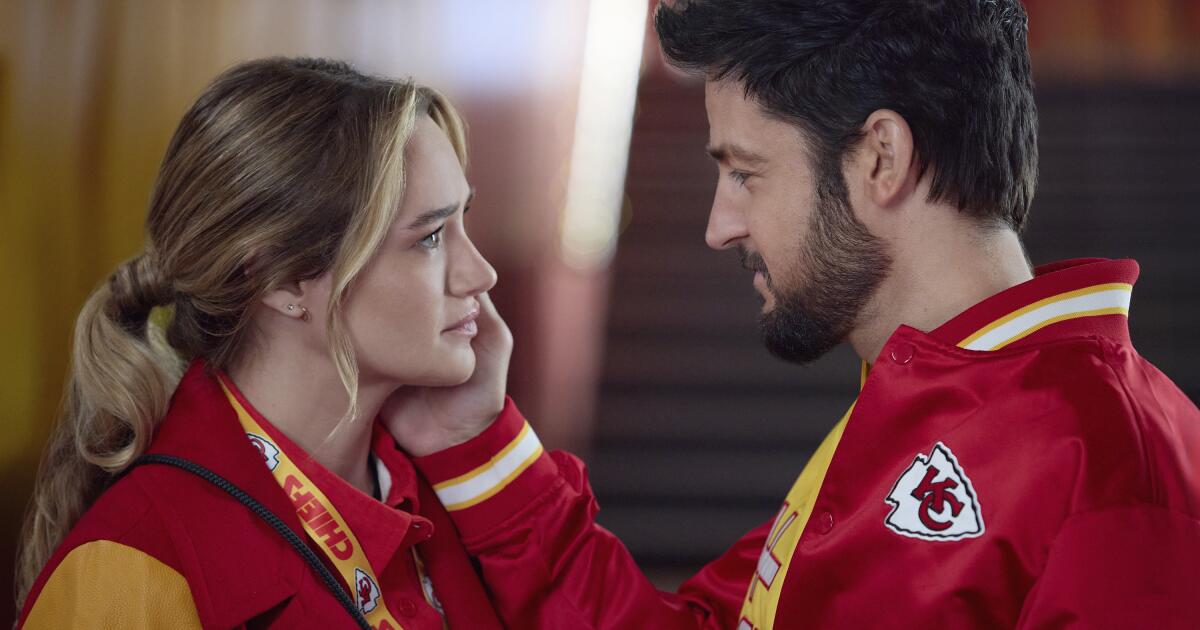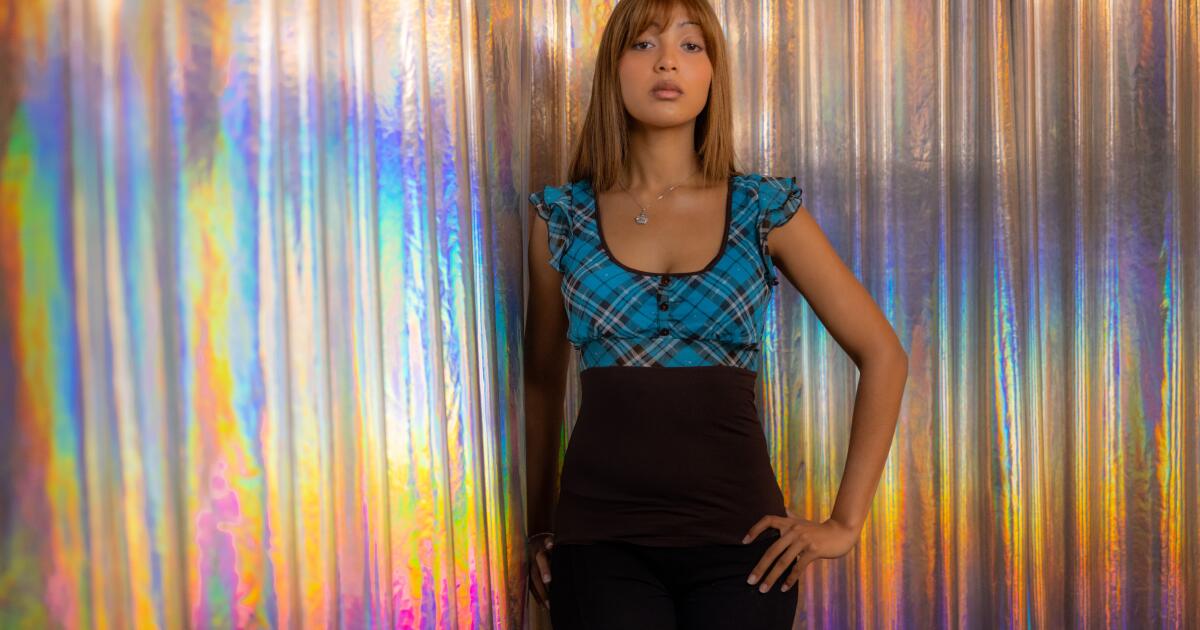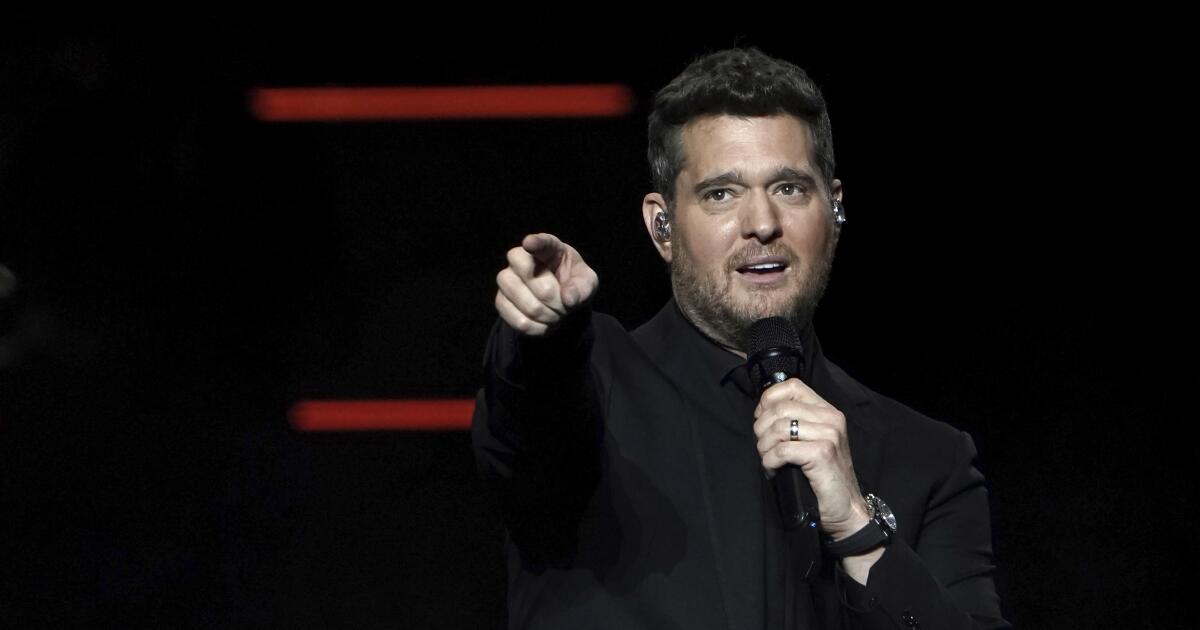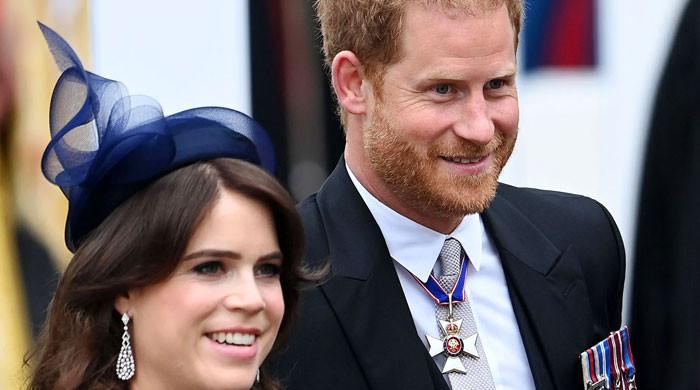The opening ceremony of the Paris Olympics (held not in a stadium but on the banks of the River Seine in a summer deluge) was both a bold, commanding spectacle and a sloppy, rain-soaked fiasco, filled with dazzling highs (Celine Dion on the Eiffel Tower) and avoidable gaffes (the out-of-sync can-can dancers who barely lifted their legs because they were afraid of falling into the Seine). Whatever your cultural or political perspective, there was much to object to about the event (and especially its coverage on NBC), whether it was the decapitated Marie Antoinettes, the trio of book nerds, the fogged-up camera lenses, or the blatant lack of context or perspective on the part of the network’s commentators.
But conservatives in the United States — and elsewhere — are upset about a part of the ceremony that was not even broadcast in its entirety by NBC.
A segment called “Festivity” — the eighth of 12 scenes celebrating aspects of French culture and history — paid homage to French fashion with an inclusive runway show and party on a pedestrian bridge over the Seine, complete with drag queens and a transgender model. At one point in the sequence, several artists posed at the side of the catwalk, which doubled as a dining table, in an artfully composed tableau that reminded some viewers of Leonardo da Vinci’s “The Last Supper,” the Renaissance masterpiece depicting Jesus Christ and the apostles. Later, in a portion of the sequence that did not air on NBC but was widely shared on social media, the French artist Philippe Katerine appeared as Dionysus, the Greek god of winemaking, nearly naked, painted blue and singing on a giant platter of fruit.
The scene sparked outrage from numerous conservative figures in the United States. On X, formerly Twitter, House Speaker Mike Johnson said it was “an insult to Christians everywhere… The war on our faith and traditional values knows no bounds today. But we know that truth and virtue will always prevail.” Rep. Marjorie Taylor Greene (R-Ga.), never one to let a culture war skirmish go by, also weighed in, denouncing the ceremony as “anti-Christian” and “Satanic, trans and occult.” Even “Full House” star Candace Cameron Bure weighed in (and then some) on Instagram. “Watching the opening ceremony completely blaspheme and mock the Christian faith with their rendition of ‘The Last Supper’ was disgusting,” she said in a video. Donald Trump Jr. also lamented the “conscious” Olympics.
A group of French Catholic bishops also joined the chorus of criticism, saying the ceremony “included scenes of mockery and ridicule of Christianity, which we deeply deplore.”
The event’s organizers apologized for any offense the scene may have caused. “Clearly there was never any intention to show disrespect to any religious group,” Paris 2024 spokeswoman Anne Descamps said at a news conference on Sunday. “On the contrary, I think we tried to celebrate community, tolerance. We believe this ambition was achieved.” According to a post on X from the official Olympics account, “The interpretation of the Greek god Dionysus makes us aware of the absurdity of violence between human beings.”
However, the artists involved in the controversial scene were unapologetic. Barbara Butch, a DJ and producer who appeared on France’s “Drag Race” and took center stage in a halo-like headdress, said in an Instagram post: “I have never been ashamed of who I am and I take responsibility for everything, including my artistic choices.” In a statement from her lawyer, Butch said she had been “threatened with death, tortured and raped” and had been subjected to “anti-Semitic, homophobic, sexist and grossophobic insults,” and that she was filing complaints against her detractors.
Thomas Jolly, the artistic director of the opening ceremony, has denied that The Last Supper inspired the painting or that he intended to belittle anyone's beliefs. “The idea was to create a great pagan feast… you will never find in me, or in my work, any desire to mock anyone,” he said in an interview with French broadcaster BFMTV.
Jolly did not elaborate on his inspiration, but some art experts see further similarities to paintings such as Jan van Bijlert's “The Banquet of the Gods.”
Conservative outrage also fails to distinguish between a work of art painted more than 1,400 years after Jesus’ crucifixion (which is celebrated as much for its brilliant composition and use of perspective as for its religious message) and the New Testament accounts of the last supper Jesus shared with his apostles. And it conveniently ignores that this mural was created by Da Vinci, a man who many scholars believe was most likely gay or bisexual, and who is believed to have used his long-time lover as the model for his portrait of St. John the Baptist.
As the controversy over the Naked Blue Men and French Pagans continues, many of us in the United States can't help but wonder, “Hey, why didn't we get to see it all?”

